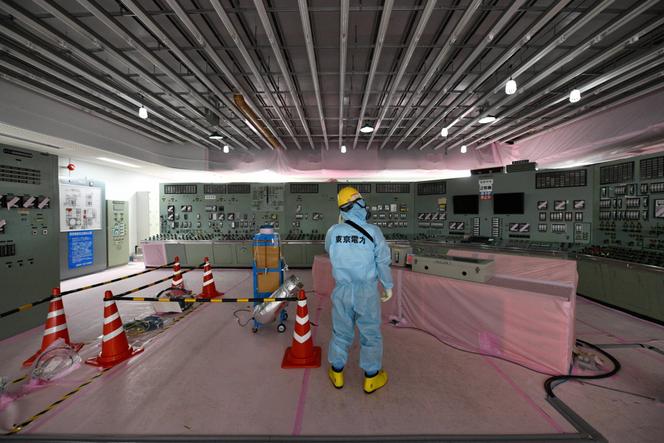


Thirteen years after the meltdown of three of the six reactors at the Fukushima nuclear power plant in northeast Japan – triggered by the earthquake and tsunami of March 11, 2011 – the site operator, Tokyo Electric Power Company (Tepco), is continuing to face the complexities of a decommissioning project of unprecedented scale. Its greatest challenge is extracting the estimated 880 tonnes of nuclear fuel that melted before mixing with structural elements and puncturing the reactor vessels. The corium then mixed with the concrete of the containment vessels. It is constantly cooled but remains dangerously radioactive and difficult to access.
"This is the castle's main dungeon," explained Akira Ono, head of decommissioning, on Wednesday, March 6. "We've made some progress, but there's still a long way to go in tackling the huge task of removing the melted fuel."
Removal of nuclear fuel-containing material was scheduled to start with reactor no. 2 in 2021, before moving on to reactors 1 and 3. The operation should be carried out using a robotic arm developed in the UK by the International Research Institute for Nuclear Decommissioning (IRID) in conjunction with Mitsubishi Heavy Industries and Veolia Nuclear Solutions. The government has spent 7.8 billion yen (€48.5 million) on its development.
The Covid-19 pandemic delayed its development, and the device could not be delivered to Japan until the summer of 2021. Technicians then began training on a mock-up built by the Japan Atomic Energy Agency (JAEA) at a specialized center in Naraha, a town in Fukushima Prefecture. A test to remove a few grams of debris from reactor no. 2 was scheduled for 2022. It was again postponed until the end of 2023. Then, in January, Ono announced a further postponement of the operation, now set to take place "no later than October."
Tepco considers that the robotic arm is still too imprecise. "The arm can extend 22 meters, but there's only a 30-millimeter margin to prevent it from touching the reactor walls. We need to improve precision," explained IRID. "We need to improve the safety and maneuverability of the robotic arm," said Ono.
At the same time, the company lacks information on the situation at the bottom of the reactors. Since 2015, it has sent several probes – including a crawling robot and an underwater vehicle – inside each of the three reactors, but the progress has been complicated each time by the pile of debris and high levels of radiation. On February 28, Tepco used a drone in reactor no. 1 for the first time. Weighing no more than 185 grams, the drone is highly maneuverable and its blades raise virtually no dust, making it a useful model for plant safety checks.
You have 36.92% of this article left to read. The rest is for subscribers only.
